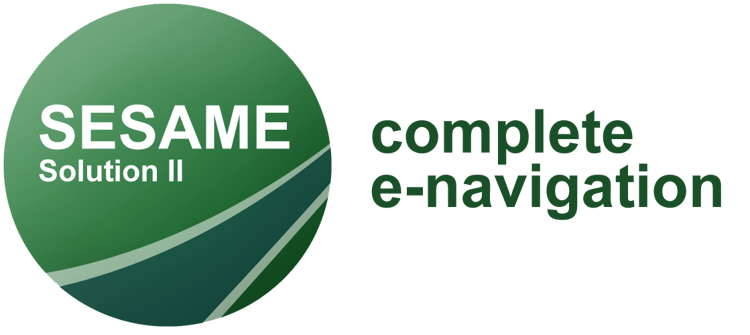Cover photo: Will Turner / Unsplash

The automated ship reporting service is hosted on a test environment in SafeSeaNet Norway, the Norwegian Coastal Administration’s maritime single window (MSW), and was developed through the SESAME Solution II and STM BALTSAFE projects. While the service supports only Mandatory Ship Reporting Systems (MRS) or SRS Reporting, other types of reporting, such as pre-arrival and FAL reporting, will be added in future iterations of the service.
“One of the main objectives in the SESAME project is to automate the reporting from ships as much as possible,” says Jarle Hauge, Principal Engineer at the Norwegian Coastal Administration (NCA). “The onshore technology solution must support that effort by providing all required information on what the ship needs to report and when.”
At present, 23 IMO mandatory ship reporting systems currently operate throughout the world. These systems require vessels to report specific information by VHF at known points in established, IMO-adopted traffic separation schemes. Part of the work done by the NCA in the SESAME Solution II project was to identify and document what kinds of services an MRS system should provide, namely a ‘Request and Respond Service’ (RRS) and a ‘Transmit & Receive Service’ (TRS).
The reporting service developed by NCA for the SESAME Solution II project utilises both. “We have two methods for a client, such as a ship’s planning station, to access this service,” says Hauge. “One method is called ‘GetMrsReportingFormalities’ and is essentially an RRS. The other method is called ‘PostMrsMessage’, which is a TRS.”
An RRS is able to respond to information requests from ships; it tells the requesting ship its reporting obligations based on its type, size, cargo and destination. A TRS is a more traditional service that merely receives and acknowledges reports and updates sent from ships. At this time, these services are only available for SafeSeaNet Norway.
“With the release of these services prior to the start of the SESAME testbed period, our project has taken a huge step forward,” says Todd Schuett, SESAME Solution II project manager at Kongsberg Norcontrol. “What is important from here on is that we harmonise around the IMO Reference Data Model as the standard for automated ship reporting. We see a real synergy between the IMO Data Model, automated ship reporting and Just-in-time Arrival services.”
As an international e-navigation testbed project, SESAME Solution II shore stations will differ from country to country. Services in Norway will include the BAREP, as well as traffic information, recommended route and navigational assistance services. In the UK, automated reporting to CALDOVREP in Dover and a coordinated Just-in-time arrival solution with ABP Humber will be part of the testbed. A number of services are under consideration for the SESAME testbed in Singapore, including automated reporting for the MRS in the Singapore Strait, as well as maritime safety, recommended route and traffic information services.
SESAME Solution II is owned and managed by Kongsberg Norcontrol, with project partners including Kongsberg Maritime, Kongsberg Seatex, Navtor, the University of South East Norway (USN), the Western Norway University of Applied Sciences (HVL), the Norwegian University of Science and Technology (NTNU), SINTEF Ocean and the two Norwegian maritime authorities: the Norwegian Coastal Administration and the Norwegian Maritime Authority. SESAME Solution II is supported by the Maritime and Port Authority of Singapore (MPA) and receives funding from the Research Council of Norway.
